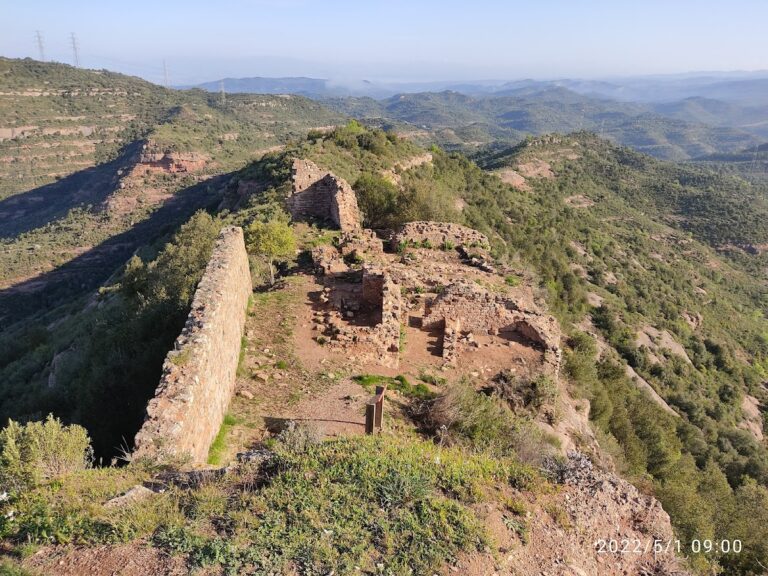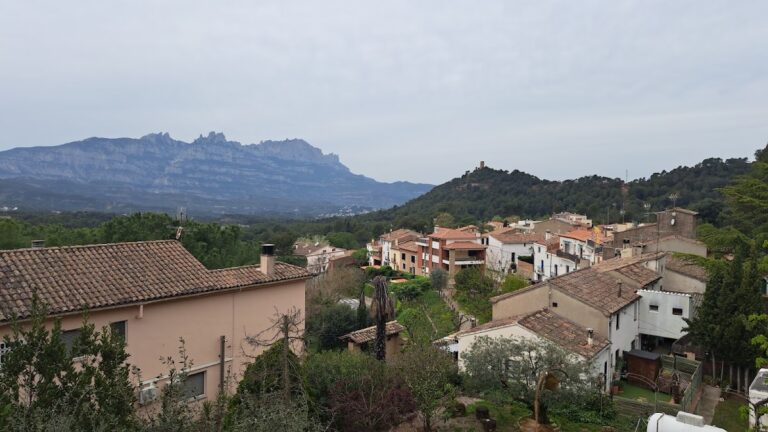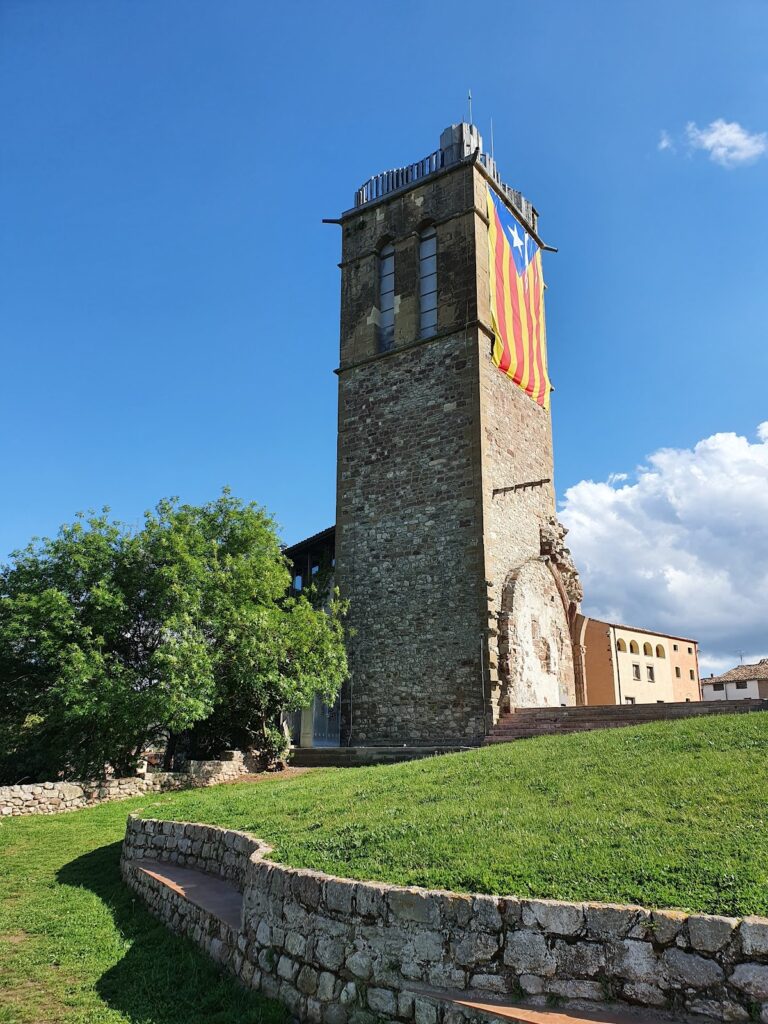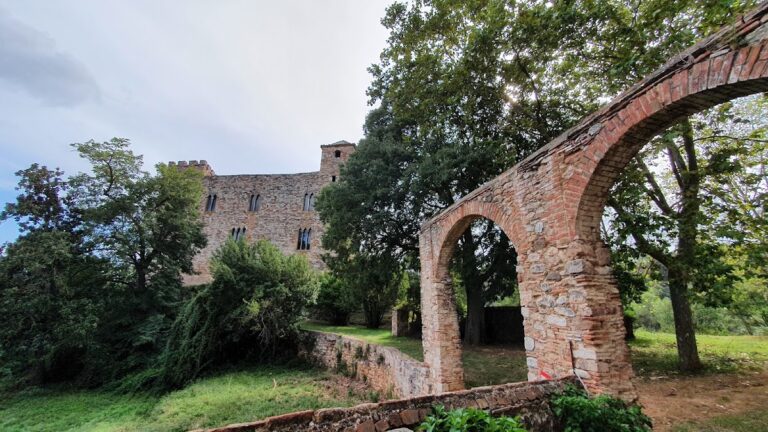Castell de Mura: A Historic Fortress in Spain
Visitor Information
Google Rating: 4
Popularity: Very Low
Google Maps: View on Google Maps
Official Website: www.mura.cat
Country: Spain
Civilization: Unclassified
Remains: Military
History
The Castell de Mura is situated in the municipality of Mura in Spain, and its origins trace back to the Iberian or Roman periods. The site’s name, derived from the Latin word “Murus” meaning wall, suggests that the fortress was initially established as a fortified place or castrum during these early civilizations.
From the 10th century onward, the castle formed part of a network of strongholds controlled by noble families. Early on, it was linked to Countess Ermessenda of Carcassonne, who held it as a comital fortress. In 978, Count Borrell II and his wife Ledgarda sold the castle to a figure named Riculf, who promptly donated it to the monastery of Sant Benet de Bages, indicating its integration into a religious institution. This transfer, however, did not last indefinitely. By 1023, the fortress returned under noble influence when Countess Ermessenda pledged it to her son Berenguer Ramon I, reaffirming its status as a seat of noble authority.
Throughout the 12th and 13th centuries, the castle passed through the hands of several prominent families. The Santa Coloma family controlled the castellany in the 12th century, while in the 13th century, ownership shifted among multiple lineages, including the Guardia family who expanded and rebuilt the fortress during their tenure. In the decades following, King James I of Aragon granted the castle first to Guillem de Santa Fe in 1223 and then to Pere Ponç de Banyeres in 1228, reflecting its ongoing strategic and political importance. By 1293, the castle returned to royal administration, entrusted to the veguer (a kind of royal governor) of Manresa.
The 14th century saw the castle change hands several times through sales and royal donations involving notable figures such as Hug de Montcada, Pere de Planella, and the countess of Pallars. In the early 15th century, King Martin I reacquired the fortress, selling it to Ramon Sescomes, from whom it passed by inheritance into the Cordelles family. This family maintained possession for several centuries, and in 1707, Felicià de Cordelles received the title Marquis of Mura from Archduke Charles III of Austria, a reward for military service.
By the 18th century, the castle was gradually abandoned and dismantled. Over time, ownership fragmented through successive sales and transfers, paralleling the decline of the feudal system that had defined its centuries of history.
Remains
Today, the surviving elements of Castell de Mura primarily consist of structural remains located near the edge of a cliff. The castle occupied a strategic hilltop position and its layout included a trapezoidal tower situated at the northeastern corner of the site. The foundations of this tower remain visible, rising nearly two meters at their highest point. The tower’s original walls were nearly one meter thick and included square-shaped arrow slits designed for defense, indicating its military function.
The wall fragment still standing is part of the western enclosure and extends over seven meters in length. It reaches a maximum height of about three meters before tapering down to where it becomes buried in the terrain. This wall was constructed using large, roughly cut stone blocks laid in horizontal courses and bound together with mortar, a mixture of fine-grained sand and lime. The tower similarly employed medium and small squared stones, arranged carefully in courses with the same type of gray mortar.
No decorative details or inscriptions have been recorded on the remaining structures. Photographs from 1962 document the condition of both the interior and exterior at that time, showing the fragmentary yet stable state of these ruins. The preserved sections provide a glimpse into the defensive architecture of this fortified site, underscoring its long history as a place of strategic importance.







